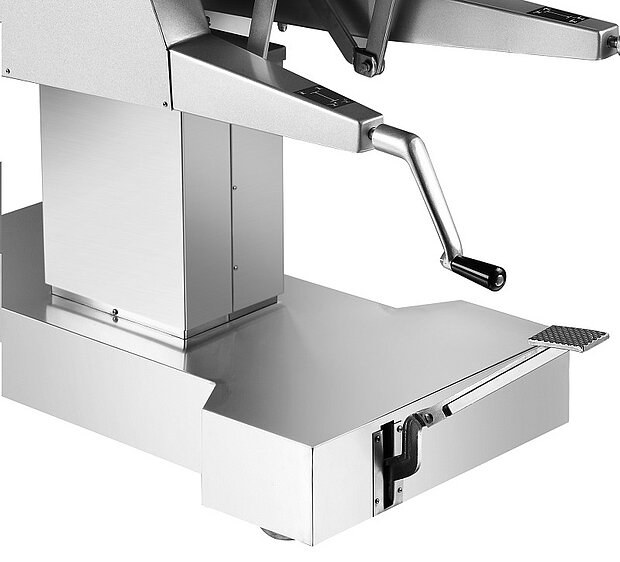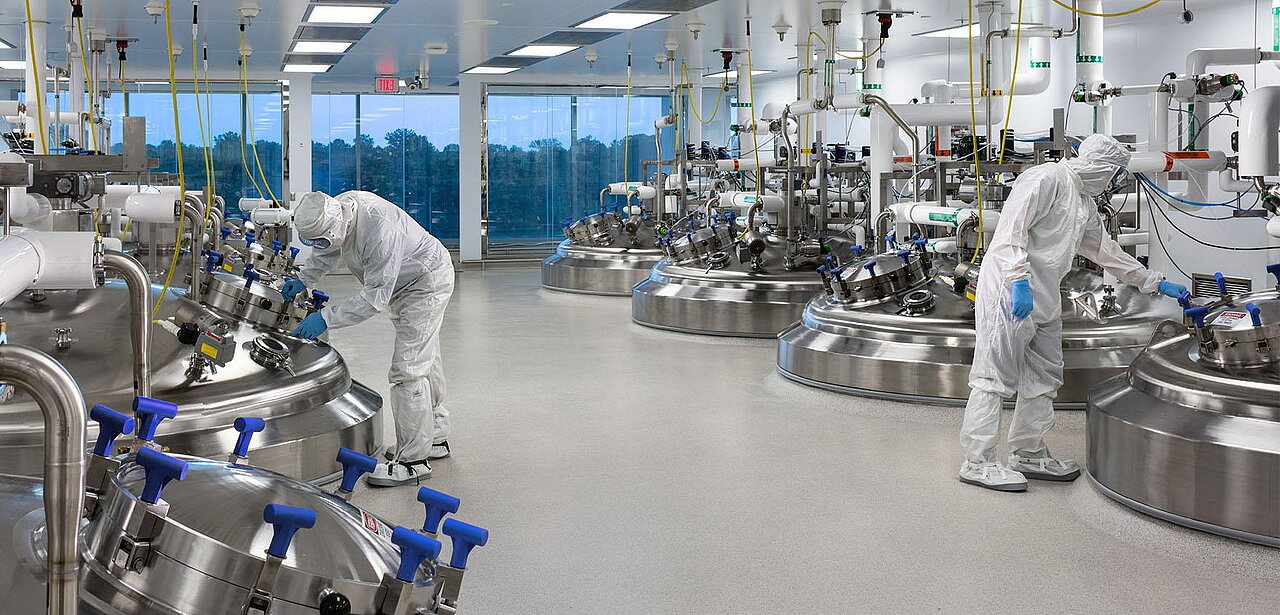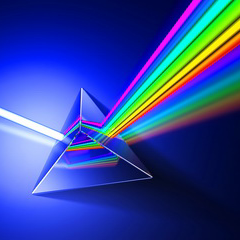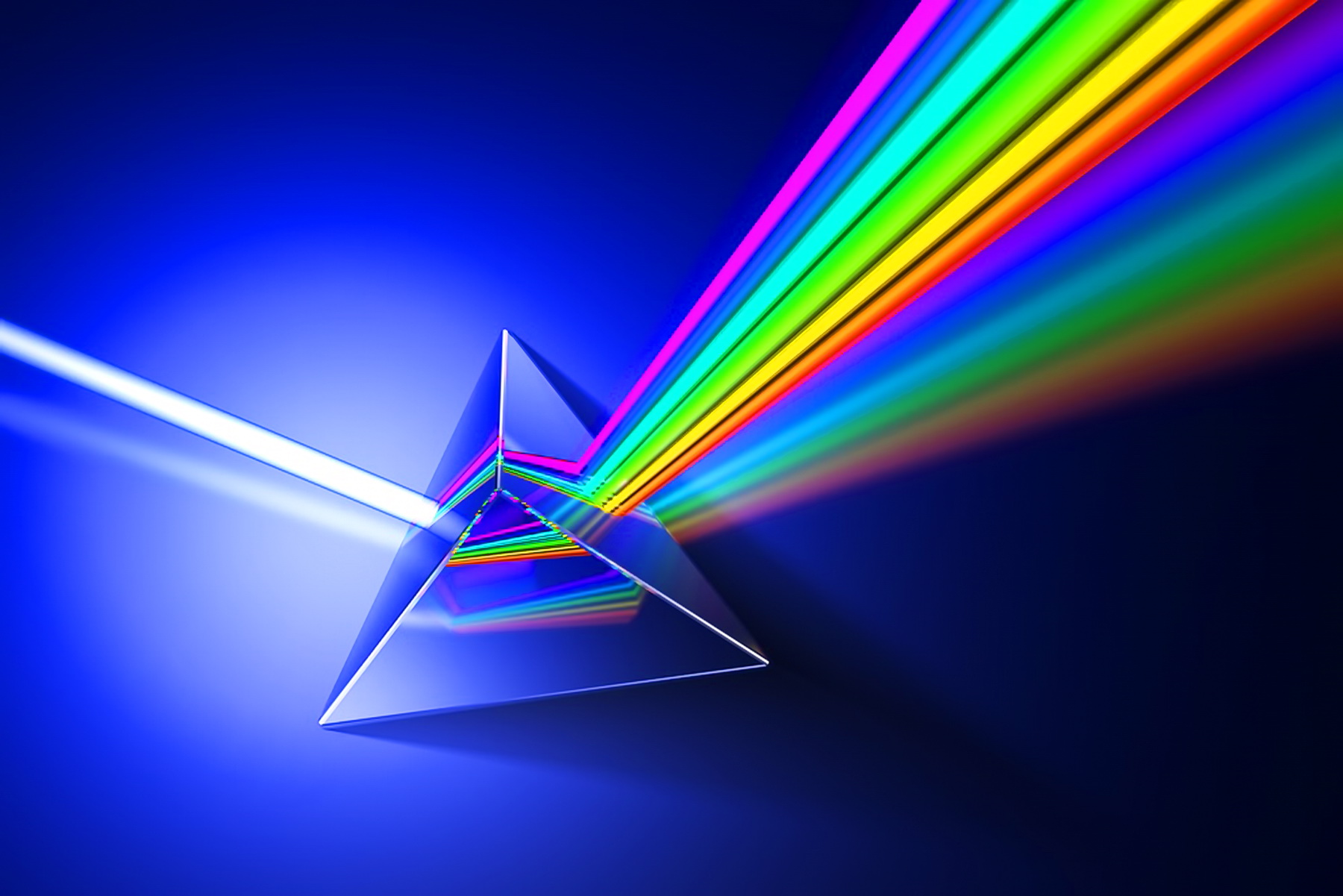Laser Welding vs. Arc Welding of Medical Instruments
Laser welding is much cleaner than conventional arc or Tig welding, and therefore helps risk of contamination. It’s also more precise, easier to automate, and provides for bonding of much thinner metals, and provides for much greater tensile and bending strength.
If arc welding is typically part of your product manufacturing process you may wish to consider PhotonWeld laser welding instead. Unlike arc welding, which requires a bonding material or filler to join two pieces of metal, laser welding creates a straight metal-to-metal bond with no filler needed. Unlike with arc or torch welding, there’s no slag (excess filler that has melted and re-hardened around the weld) to grind off afterwards — or left behind to potentially contaminate the application environment. This is especially important in applications like medical, dental, and scientific instruments where you don’t want pieces of material breaking off and causing harm to people or delicate equipment.
Easy to automate, high repeatability
Something else that is notable about laser welding for fast-paced medical manufacturability, is that several key factors that affect weld quality and speed are highly controllable and programmable. Those factors include the width of the weld spot, the depth of penetration of the weld into the metal, the intensity of the heating, and the path and speed of the beam along the metal surface. Such precise control means that welding can be easily automated (PhotonWeld-R) and that there is less variability in the weld, higher quality and faster overall production.
Another advantage of PhotonWeld laser welding is that you can weld very thin layers of metal (down to 50 micron- 0.05 millimeters) — that would be impossible to attempt with arc or torch welding without destroying the metal.
Like any production process, of course, PhotonWeld laser welding does have its limitations. One is that it’s not suitable for welding thick heavy pieces, PhotonWeld laserWelding is not typically suited for metals thicker than a 5-6 mm at one side welding and 10-12 mm at two side welding. Another limitation is that not every metal can be laser welded to every other metal. Because laser welding requires the bonding of one metal to another, the metals obviously have to be “bondable” — and while the range of metals that can bond with each other is very wide, it doesn’t include every possible combination. Arc and torch welding don’t have this issue since the filler is what bonds the two pieces of metal together, not the metals themselves.
The best advice before deciding whether laser welding is right for your medical instrument job is to consult with one of our laser welding expert. We will be happy to consult with you on which welding approach is best and the advantages and drawbacks of each.

Medical devices Laser Welding
Welds in medical devices and instruments are mission critical: a failure could mean a life!
Products within the medical industry require the highest levels of precision. It is incredibly important that they meet the highest quality demands. The size of many medical devices and products are continually decreasing. This is where lasers are perfect as they are perfectly suited for creating equally minute weld seams. Even in complicated areas, laser weld spots and seams can easily be generated to provide sterile surfaces with no post-processing.
Medical laser welding benefits
As laser welding is non-contact, it ensures that minimal / no heat damage is caused to the surrounding material. This is great for the medical industry as it is the most effective, non-intrusive way to weld the tools. Therefore, ensuring no damage is one to them. As precision is key to this industry, laser welding is also key. In addition, as it is a precise means of manufacturing, it is a quick, way to minimise economic spending. It also provides both quality and quantity in production.
The high weld integrity achieved with laser-welded joints makes them suited for high-temperature sterilisation. Additionally, the limited heat affected area ensures that surrounding material is not annealed and weakened. A wide variety of metals can be laser welded, including alloys, and there are no filler materials added during the processing. This removes any potential biocompatibility issues for products such as implants.
How is it used in the medical industry?
Just a few examples of medical devices that can be created with the aid of laser welding include:
- Pacemakers
- Hearing Aids
- Prosthetics
- Catheters
- Defibrillators
- trauma room tools
- chirurgical tools
- operaion room tools, cabinets operation table
You need ultimate precision when dealing with products from the medical industry. There is simply no room for mistake. Furthermore, it is pivotal that they meet the highest quality demands. Even in complicated areas, laser weld spots and seams can easily be generated to provide sterile surfaces with no post-processing.
Hermetic laser welding for medical devices
Hermetic sealing electronics in medical devices, such as pacemakers and other electronic products has made fiber laser welding the process of choice for applications requiring the highest reliability. A recent advance in the hermetic welding process has addressed concerns about laser welding and the end point of the weld, a critical location point in completing the hermetic seal. Previous laser welding techniques resulted in a depression at the end point when the laser beam is turned off, even when ramping down the laser power. Advanced control of the laser beam like our wobble technology eliminates the depression in thin and deep-penetration welds. The result is consistent geometry and lack of porosity at the end point with improved cosmetic appearance and more reliable hermeticity.

Precision machined laser welding
Seals used in pharmaceutical manufacturing were originally TIG welded. Because of their use in sensitive environments, these components are precision machined and ground from high-temperature and chemical-resistant nickel-based alloy material. Lot sizes are usually small and the number of setups is many.
The assembly of these components has been improved using fiber laser welding. Justification to replace the earlier robotic arc welding process with fiber laser welding using a four-axis cartesian coordinate machine tool includes consistently higher quality of the laser welds, ease of changeover from one component configuration to another reducing setup time, and improved throughput and decreased assembly costs by automating the laser welding process using a four-axis CNC laser machine.
MEDICAL DEVICE LASER WELDING
PhotonWeld Fiber Laser Welding Systems
Lasermach offers a wide range of handheld laser welding systems for medical device laser welding. These systems are fast, efficient, portable laser welding systems for high-speed laser welding applications in the Medical Device Industry. Ideal for non-contact welding processes which join two similar or certain dissimilar metals together.
Cardiac pacemakers, defibrillators, guide wires, catheters, hearing aids, orthodontic appliances, prosthetics and surgical tools are just a few of the many successful medical device applications that have been created with the help of our laser welding systems.
Lasermach has a full line of laser welding systems that can produce both spot laser welds (single pulse) and seam laser welds (multi-pulse overlapping spots), including hermetically sound laser seams. As well as a line of Fiber Laser Welding Systems for higher precision welding with smaller spot sizes.


